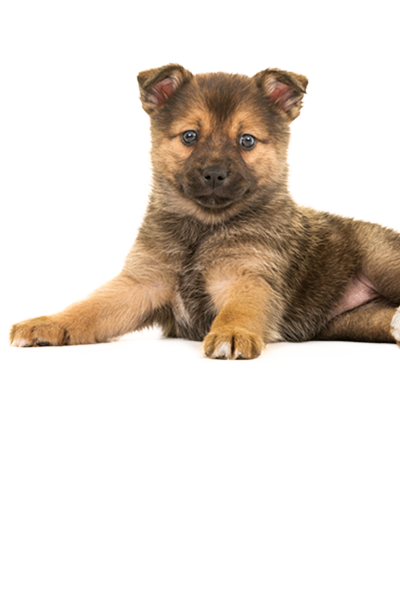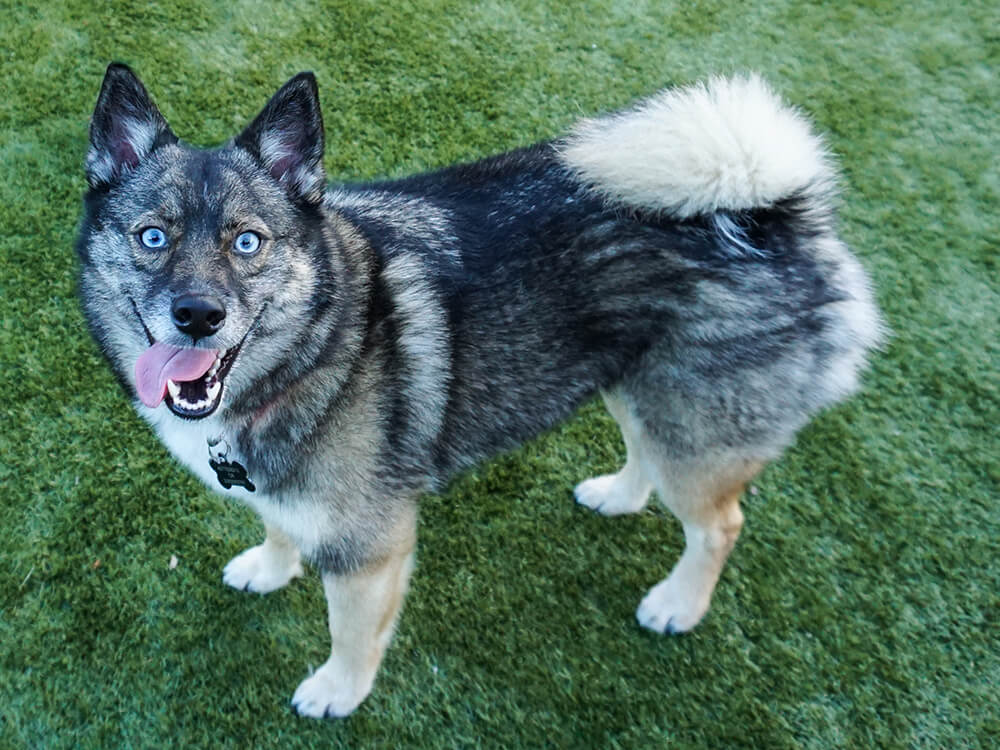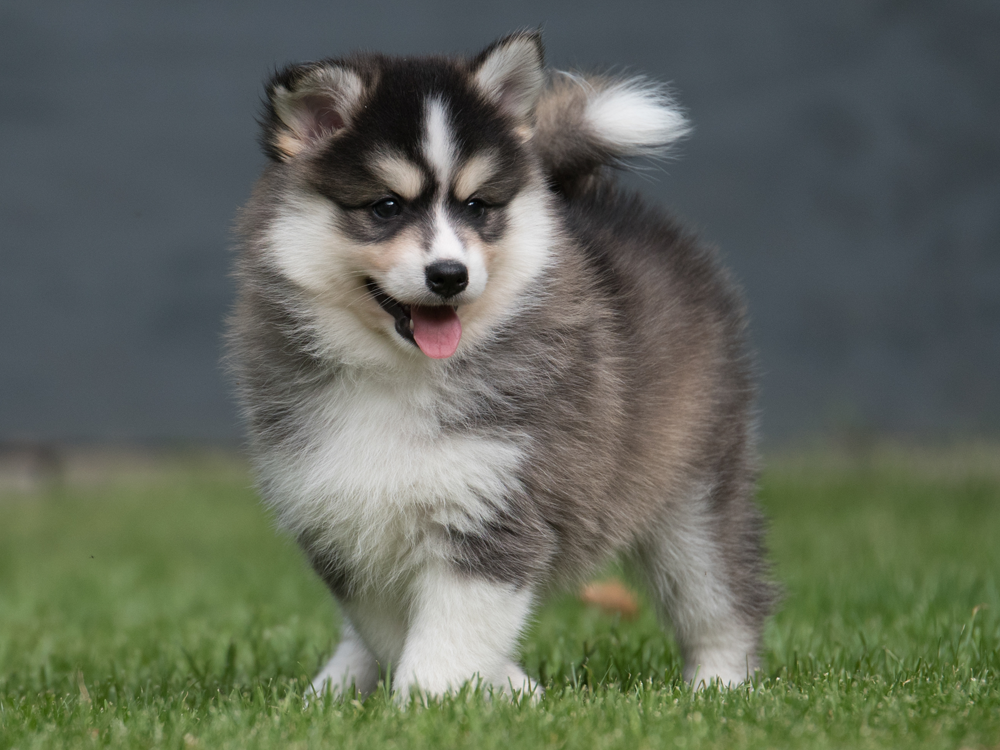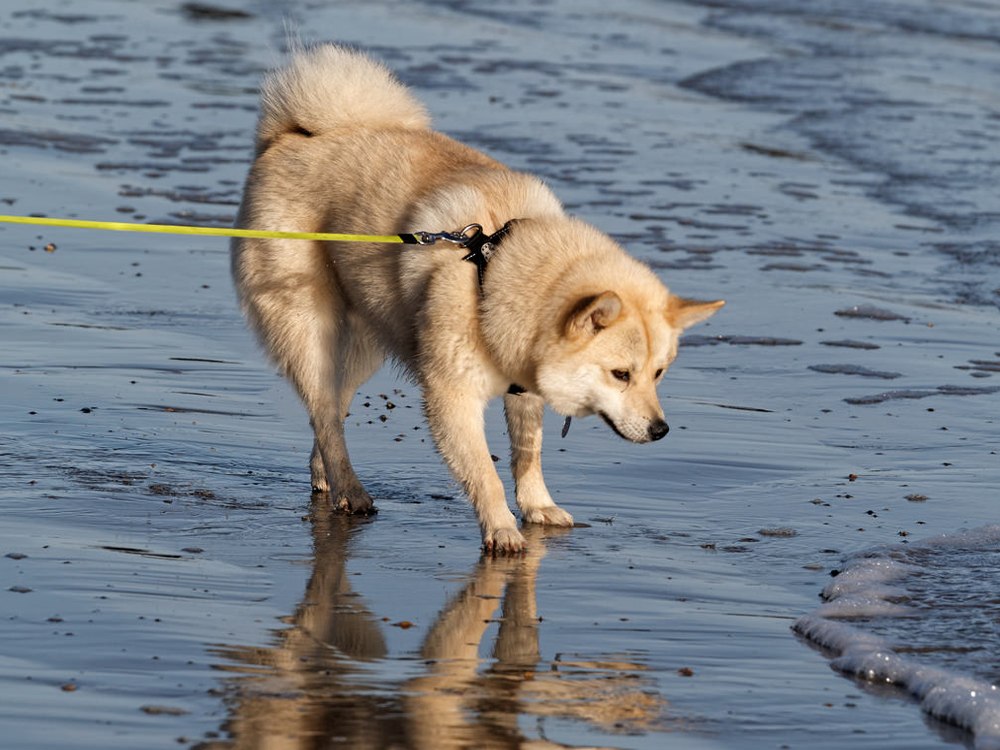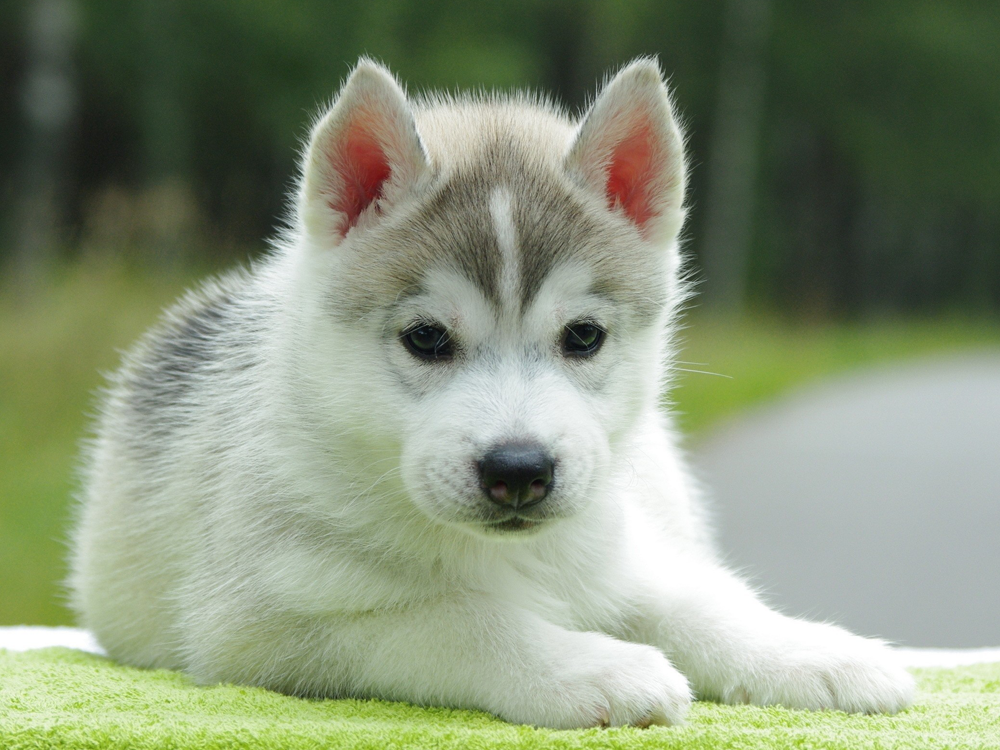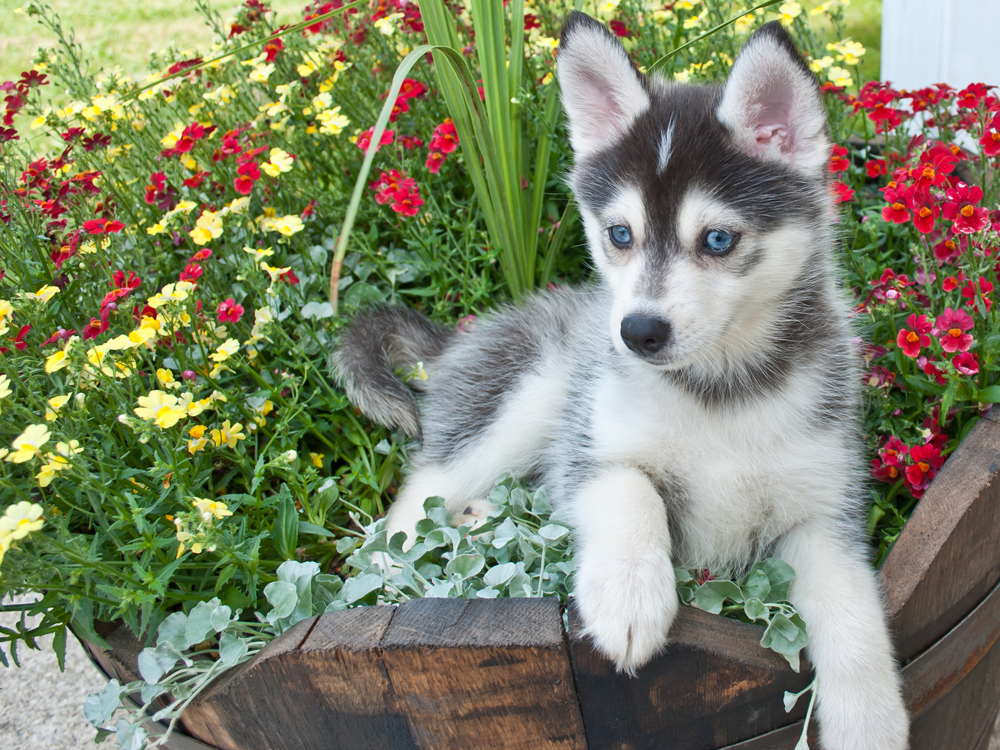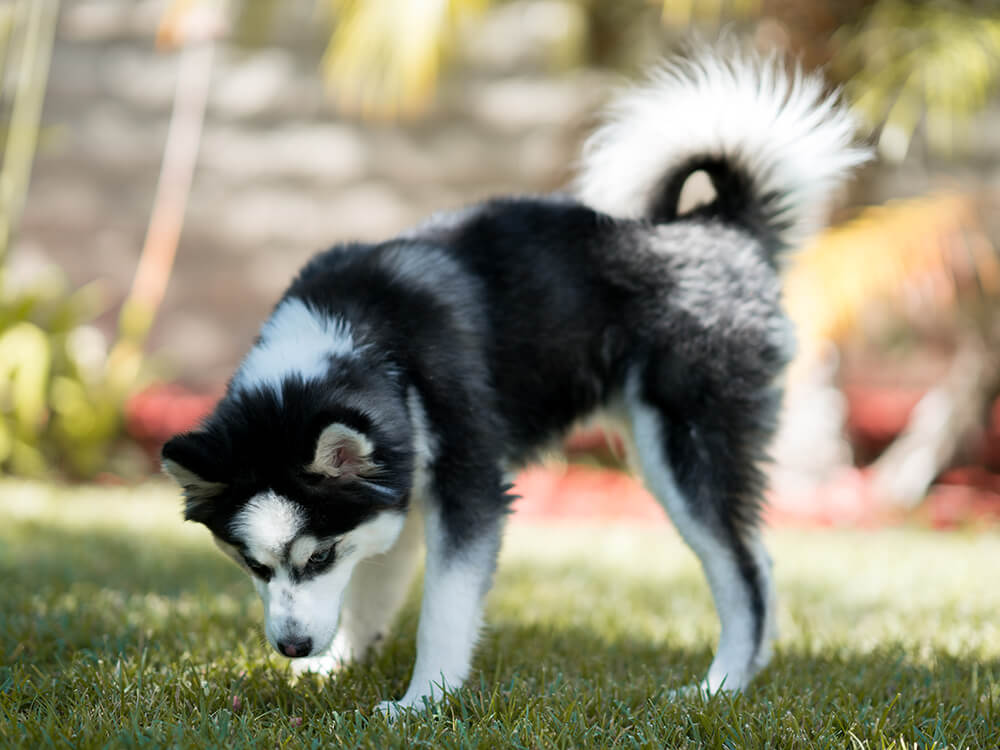
Pomsky Breed Pictures
Vital Breed Stats
| Height: | 66 - 71 cm M | 61 - 66 cm F |
| Weight: | 34 - 54 kg M | 34 - 50 kg F |
| Life Expectancy: | 10 - 13 years |
| KC Registered: | No |
Breed Characteristics
| Size: |  |
| Grooming: |  |
| Exercise Level: |  |
| Trainability: |  |
| Barking Level: |  |
| Good with Children: |  |
| Good with other pets: |  |
| Affectionate: |  |
| Protective: |  |
| Cost to Keep: |  |
Give a thumbs up if you love the Pomsky

0
More About the Breed
History
The Pomsky is a relatively new breed and has only been around for two decades. It is a spitz-type dog breed and is a cross between the Pomeranian and the Siberian Husky. The Pomsky was bred to create the ultimate lapdog. Although new, America and Canada have established breed clubs. In fact, the Pomsky Club of America is one of the most active groups pushing for the breed to be officially recognised. However, due to lack of specific and consistent traits, the Pomsky has yet to be recognised by major kennel clubs including The Kennel Club.
As expected with most crossbreeds, the Pomskies have attained popularity as every day more people seek out dogs that are different from the usual Yorkie and Poodle. Also, the majority of people believe that crossbreeds are hypoallergenic and suffer from fewer health issues and as such are ideal for people with allergies. Pomskies are still rare and often expensive to procure.
Appearance
The Pomsky most often take on the physical features of its Siberian Husky parent with its soft and silky coat. On the other hand, its size is closer to its Pomeranian parent with an average weight of 20 to 38 pounds and an average height of 25 to 38 centimetres. With that said, most people often describe the Pomsky as a mini husky. However, the Pomsky's physical appearance is not completely predictable as it can take after any of the parent breeds. Regardless, it is indeed a cute dog breed.
As previously mentioned, most Pomskies take after the physical appearance of its Siberian Husky parent especially the coat – soft, fluffy and silky. When it comes to its coat, it can sport various colours depending on which parent breed is more dominant. Pomskies may appear in colours or colour combinations of brown, cream, tan and grey.
Grooming
Temperament
Like its physical appearance, the temperament of a Pomsky can be hard to predict and largely depends on its genetic makeup. However, most Pomskies often inherit the desirable traits of both its parents – intelligent, affectionate, lively and confident. Pomskies are also highly protective and fearless, a trait which they inherited from the Pomeranian. Most Pomskies are moderately active and highly adaptable to change, so they are suitable apartment dwellers.
Pomskies thrive in a family environment and gets on well with children. However, they often become too protective and territorial and may not like having the neighbours' children or dogs to come over and play. In any case, any interaction between the Pomsky, the children and other dogs must be strictly supervised. Do not worry, it is generally sociable and gets on well with other dogs or cats they meet especially when they have grown up together. On the other hand, care should be taken when it is around smaller animals.
Intelligence
Nutrition
- Senior and less active: up to 690 calories daily
- Typical adults: up to 780 calories daily
- Physically active/working dogs: up to 860 calories daily
Feeding
Health
Exercise
Cost of Ownership
When you own a dog, especially an adorable dog like the Pomsky, the expense is often far from your mind. However, that should not be the case. Dogs are living and breathing beings that require time, effort and money. All three are equally important, but often people fail to anticipate the last requirement: money.
To buy a Pomsky puppy, you will have to shell out no less than £1,000 especially from a reputable breeder. Since the Pomsky is a rare breed, you will have to be registered with a breeder and agree to be put on a waitlist. Other costs to consider include pet insurance (£20 to £40 a month), dog food (£20 to £30 a month) and veterinary care (£800 a year).
To roughly estimate, you will be spending at least £50 a month to own and care for a Pomsky. This estimate, however, will depend on the insurance (which varies based on your location) and does not include costs to buy treats, dog supplies and expense to avail basic dog training.
Pomsky Breed Highlights
- The Pomsky is a designer dog breed.
- It is a cross between the Siberian Husky and the Pomeranian.
- It is very vocal and may either bark, yap, howl or whine.
- It is protective and territorial, which make it a useful watchdog.
- It is high-maintenance when it comes to grooming.
